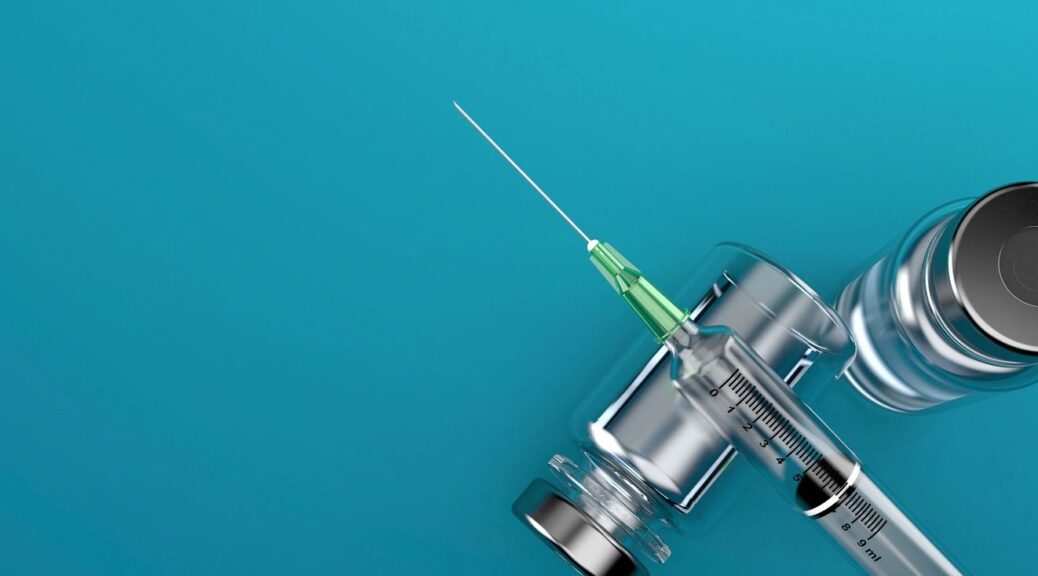Design of a high-resistance inspiratory muscle strength training app
Dr. Kayla Nuss, Klein Buendel Scientist, and a collaborative research team from Klein Buendel and the University of Colorado Boulder have published a paper on the feasibility and design of a novel smartphone app to deliver blood pressure-lowering high-resistance inspiratory muscle strength training in the journal mHealth.
High-resistance inspiratory muscle strength training (IMST) is a time-efficient form of respiratory exercise shown to lower blood pressure in midlife and older adults (aged ≥50 years) in randomized controlled trials delivered in clinical research settings. The purpose of this study was to design a feasible and acceptable smartphone application (app) for independently delivering IMST for lowering blood pressure.
Two rounds of iterative focus groups comprised of midlife and older women and men with above-normal systolic blood pressure (self-reported ≥120 mmHg) were performed to gain feedback on interest in an IMST smartphone app and design features. Focus group results were analyzed using a Consensual Qualitative Research (CQR) coding and data analysis protocol. Clickable wireframes were developed based on focus group findings. The wireframes were then beta tested for usability and additional feedback from target users was obtained.
Among midlife and older adults, there was considerable interest in app-delivered IMST as a
lifestyle intervention for lowering blood pressure. Potential facilitators and barriers of use for a potential app also were uncovered. Furthermore, the app wireframes were found to be highly usable, indicating that the app is ready for full-scale programming. Detailed research methods, analyses, and results of this research are reported in the mHealth paper. In conclusion, the authors report that they have designed a feasible and acceptable smartphone app for independently delivering blood pressure-lowering IMST in midlife and older adults.
The research is supported by an STTR grant to Klein Buendel from the National Heart, Lung, and Blood Institute (HL167375; Dr. Douglas Seals, Principal Investigator, from the University of Colorado Boulder). The authors are Dr. Kayla Nuss, Amanda Brice, and Steven Fullmer from Klein Buendel; and Elizabeth Jones, CeAnn Udovich, Dr. Kaitlin Freeberg, Narissa McCarty, Dr. Douglas Seals, and Dr. Daniel Craighead from the Department of Integrative Physiology at University of Colorado Boulder.







